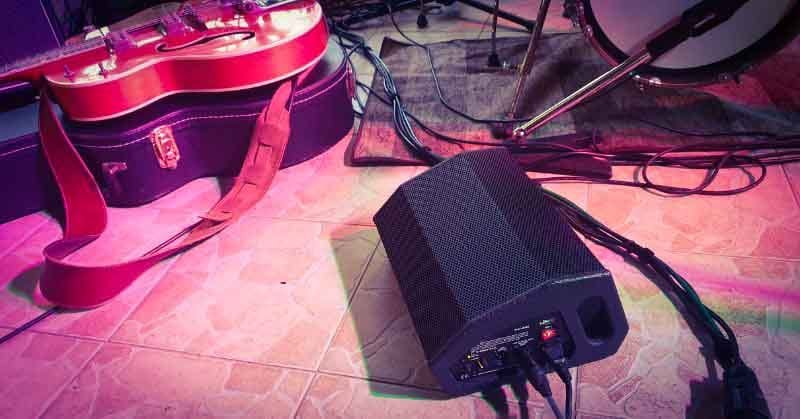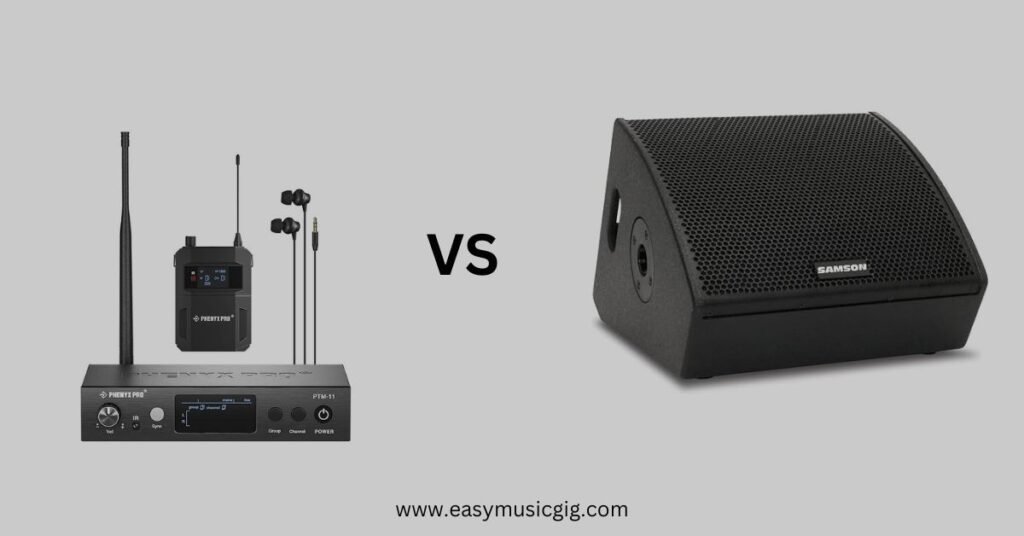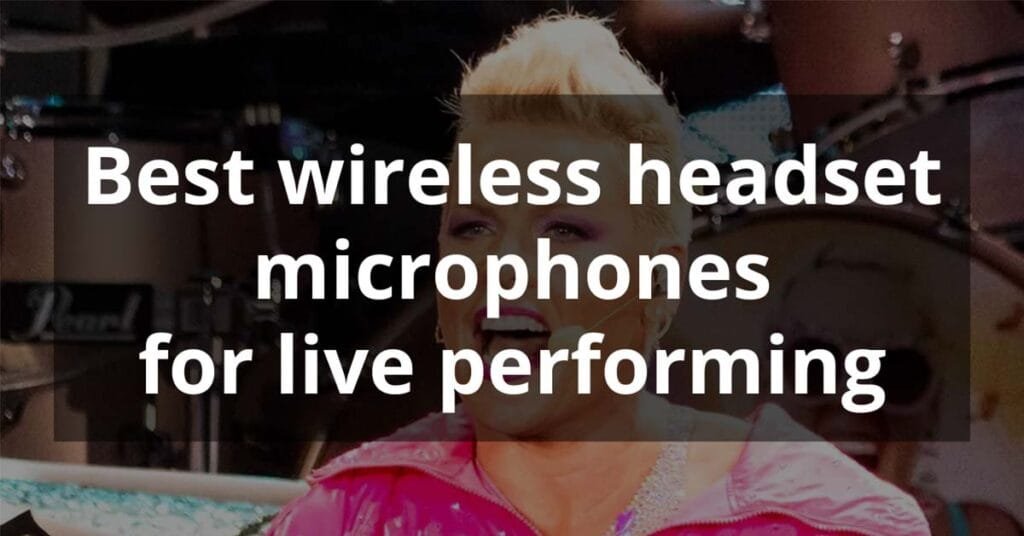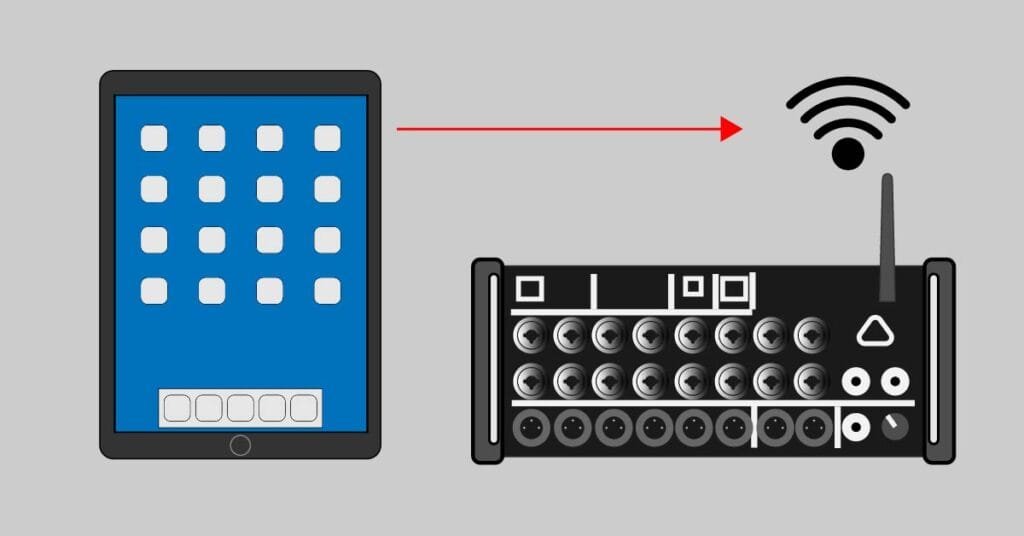In-Ear Monitors vs Floor Monitors: A Practical Guide for the Minimalist Musician
When starting to play gigs with a band for the first time, a factor that is often overlooked is monitoring. Playing live is not the same as playing a rehearsal. Many factors contribute to this: There is a PA that is turned away from us, a crowd, the venue with its acoustic features that differ in many ways, outdoor gigs, indoor gigs, and so on. So, do I need in-ear monitors (IEM) or floor monitors placed on the floor?
As far as monitoring goes, each musician has different needs. What type of monitoring works best can’t be answered easily. This is why I am writing this article, to give you all the main features of each, with the pros and cons, so you can decide which type of monitoring to consider for your future gigs. The goal is to achieve an optimal balance between performance quality and practicality of use and setup. As usual, I will be focusing on smaller bands that play smaller gigs.
What are we talking about?
It is essential to have a reliable monitoring system while playing gigs. Every musician has different needs. In some bands, like mine, you can get away with only one small floor monitor for smaller gigs and 2 or 3 for medium-sized gigs plus in-ear monitoring with some musicians I play with. Some musicians prefer the in-ear route. Which type of monitoring to choose can be tricky if you’re not informed about all the pros and cons of each. Let’s see what each type has to say.
Stage (Floor or wedge) monitors
Stage or floor monitors are the oldest and most used type of monitoring. They can be active or passive, but we will focus on small active stage monitors which are better for small gigs. They are placed in front of musicians and designed to aim at our ears for optimal hearing results.

Having a floor monitor in front of you has a natural feel, you feel the sound waves while you are singing or playing the guitar.
Pros:
Cons:
In-ear monitors (IEM)
In-ear monitors are de-facto earbuds that give you a personalized mix instead of a wedge monitor. They give you precise information with no feedback and weigh almost nothing. This is a perfect solution for bands that use backing tracks and cues. If your band is loud, you have to crank up the click and cues of backing tracks to hear them when using floor monitors. But that can also make the audience hear them which is not a good solution.
Pros:
Cons:
Best monitoring type for small gigs
Determining which type of monitoring your band needs is not a collective decision. Every band member needs to see what works best for them. The best way is for everyone to try out each system and then search for a product that suits their needs and budget. In the end, your entire band can use only floor monitors, only in-ear monitors, or a combination of both. The good thing about the whole band using in-ear wireless systems for monitoring is that there are systems for multiple users where you have one transmitter and i.e. 4 belt-mounted receivers. These systems are usually cheaper than 4 separate systems.
If someone wants to try out the in-ear solution for monitoring, I would advise first trying out a wired system. This is nothing else than the traditional XLR cable coming from an AUX send that you plug into a small cheap headphone amp with an XLR to 3.5mm jack adapter and a pair of ordinary earbuds.
Or the simplest way: plug a long audio cable (3 to 10m) into your mixer’s phone’s output and just use any earbuds without a headphone amplifier. I recommend this just to see if you feel OK playing with earphones. Then if you are OK with it, you can upgrade to a headphone amp, better earbuds, or a good-quality wireless system later on.
Those who feel uncomfortable using an IEM system should stick to floor monitors. I personally prefer this route because I feel strange performing with earbuds, but that’s just me.
What is the best monitoring type for small gigs? No huge floor monitors, that’s for sure. Small gigs and not-loud bands don’t really need large monitors. Ten-inch and smaller drivers are more than enough for monitoring small gigs. Also, not everyone needs a monitor when playing quieter gigs. You can easily get away with one or two floor monitors for a 4-piece band.
Ideally, for downsizing musical gear for concerts, the natural choice would be an in-ear monitoring system for the whole band. But since some musicians, like me, don’t feel comfortable wearing earbuds, a compact floor monitor is necessary.
Small gigs can mean playing on very small stages, which is a factor to consider in-ear systems in favor of floor monitors.
One more thing. No matter how small your band is, if you are a performer who movies a lot or dances, in-ear monitors are the best solution.
Conclusion
Both floor monitors and in-ear monitors have their pros and cons. This is not a decision for the whole band. It’s an individual approach. If you struggle with hearing your voice or are moving around the stage in-ear is the best solution. But if you are uncomfortable with earbuds and prefer hearing all the sounds in a more natural way, floor monitors are the right choice.
Your budget can be a factor in deciding which system to choose as well. As you see it’s a balance of factors that need to be considered. Try each system out, and over time you can always change to the other if you wish. I hope reading this post has helped you save time and make an initial decision. Experience is what will help you with your final decision on the best monitoring system for you.




